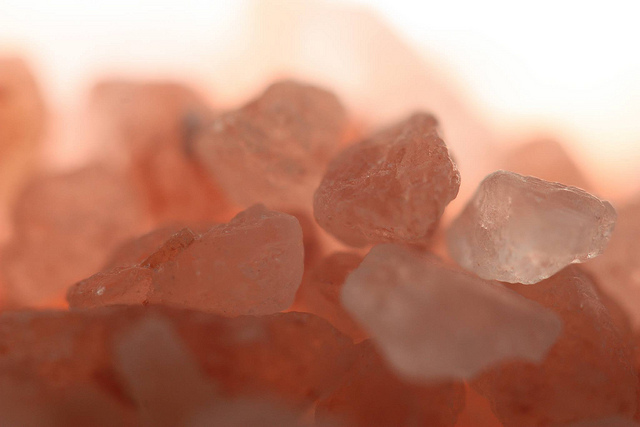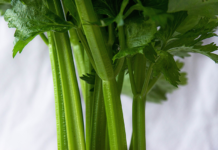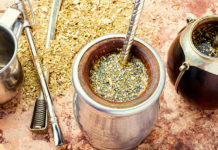Salt has a tumultuous history with medical professionals. Every expert agrees that we need it to sustain life. Unfortunately, its reputation has been tainted by the relationship between the most popular usage for salt—consumption—and refinement in the food industry.
There is more to the story than sea deposits and a couple of elements! Understanding why some salts are better than others and how best to use them is the key to healthy salt intake.
What’s So Bad About Table Salt?
When it comes to the items we stock in our pantries, “refined” has become a no-no. This is because “refined” is typically an umbrella term for the process under which food goes, to be stripped of some of its natural components and others added, in order to give it a longer shelf life. Unfortunately, more often than not, the stripped components are natural nutrients that make the food beneficial for the body. The items added are fillers like sugars, preservatives, and flavor enhancers that can disrupt hormones as well as the digestive and metabolic systems. In the case of table salt refinement, chemicals are the culprits.
Most people don’t think of salt as a refined food but as something very natural that is comprised of two basic elements found on the period table: sodium and chloride. Found in its natural state, salt is indeed rich in minerals. Refined salts, however, have been bleached. They may also be soaked in solutions that contain chlorine, sulfuric acid, ammonium, and any number of silicates for texture and preservation. The end product is so devoid of anything healthy that companies began adding iodine in order to aid in the prevention of the development of thyroid issues by those who consume it.
An even more alarming issue is that the body is unable to process the agents that are added to salt to keep the crystals from forming lumps. So table salt, with nowhere to go, deposits itself in the body’s organs. Some salt processors will also add anti-caking agents or other types of chemical agents to act as a lubricant or absorbent. Refined salt can lead to health issues such as dehydration, high blood pressure, heart disease, kidney disease, and a host of other ailments including autoimmune disease. The good news is that this does not mean that all salt is bad for you.
Why the Buzz About Pink Himalayan Salt?
Himalayan salt is most easily recognized for its pink coloring, which is caused by small amounts of iron oxide deposits that occur naturally in it — the deeper the color, the higher the concentration of deposits. It is mined by hand from the caves where it formed years ago. More importantly, it is un-refined, and contains all 84 minerals.
Minerals are what our bodies need to function properly. Healthy mineral levels contribute to hormonal balance, regular heart and kidney activity, healthy digestion, and balanced pH levels within the body. As clinical research results continue to develop to support the health benefits of pink Himalayan salt, more and more medical professionals recommend pink Himalayan salt exclusively for cooking. Many cooking enthusiasts also sing the praises of its ability to enhance the flavor of food. A particularly good choice is Sherpa Pink by The San Francisco Salt Company. It is available in economical pound bags as well as smaller ounce jars for the cupboard and the tabletop.
Salt Isn’t Just for Eating

Although pink Himalayan salt is the frontrunner for cooking, salt isn’t just for eating. There are other salts, which are touted for benefits unrelated to consumption. Salt rooms, sometimes called halo therapy rooms or salt grottos have been popular in Eastern Europe for many years, and now they’ve caught on in the United States. A salt room is a room in which people can go for a period of time and breathe in the salty air.
Exposure to salt infused air is said to alleviate respiratory ailments, such as asthma, and improve dermatological conditions. In addition to physical benefits, research suggests that breathing salty air improves mood. Studies suggest that individuals who live near the ocean are generally happier and less stressed than others. Medical researchers believe this to be at least partially due to the negative ions released into the air as the result of evaporating saltwater, and at least one medical study supports this in its conclusion that negative ion exposure contributes to lower occurrences of depression.
In addition to Pink Himalayan salt, Dead Sea salt and Celtic salt are popular choices for salt rooms and salt therapy. Because it has about nine times more varieties of salt and considerably less sodium than regular seawater, Dead Sea salt is high in magnesium, potassium, and calcium. Magnesium acts as a mood booster. It is also said to have anti-aging effects. Potassium is an energy booster, and calcium, of course, is good for bones and nails as well as blood circulation. Celtic salt is harvested in France using a 2,000 year old Celtic method. It is grayish in color and, similarly to pink Himalayan salt, it contains traces of all 84 minerals. The primary differences being that, with the exception of bromine, potassium, and magnesium, Himalayan salt contains a higher percentage of mineral values. Celtic sea salt also has slightly higher sodium content than pink Himalayan salt. Still, their similar compositions give Celtic sea salt similar health properties to that of its pink cousin.
Despite the bad name it has earned, as the result of the ill-health effects of refined table salt, salt is essential to the human body. It provides minerals needed to stimulate good physical and mental health. Good salt health is a merely matter of knowing your salts, reducing what you consume in processed food, and consuming healthier salts in moderation.
—
Photo credits:








